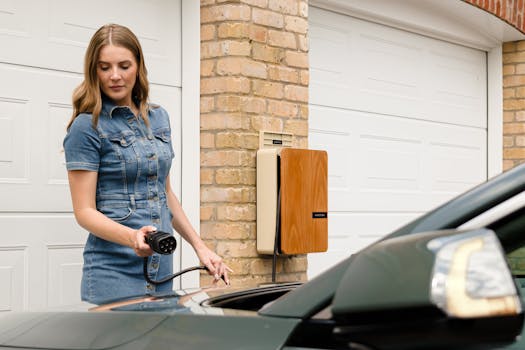
Smart Homes and Smart Living: The Technological Transformation of European Homes by 2025
Smart Homes and Smart Living are revolutionizing the way we live in Europe. The integration of technology into our homes is transforming the concept of living, making it more comfortable, convenient, and energy-efficient. As we approach 2025, it’s essential to understand the impact of smart homes on European society and the benefits they offer.
Introduction to Smart Homes
Smart homes are residences that incorporate advanced technology to enhance the quality of life for their inhabitants. These homes are equipped with sensors, automations, and connectivity, allowing for seamless interaction between devices and systems. The primary goal of smart homes is to provide a comfortable, secure, and sustainable living environment.
Key Features of Smart Homes
- Energy Efficiency: Smart homes optimize energy consumption through automated lighting, heating, and cooling systems.
- Home Automation: Smart devices and voice assistants control various aspects of the home, such as security, entertainment, and appliances.
- Health and Wellness: Smart homes incorporate features like air quality monitoring, water purification, and fitness tracking to promote a healthy lifestyle.
- Enhanced Security: Advanced security systems, including biometric authentication and motion detection, ensure the safety of residents and their belongings.
Benefits of Smart Homes
The benefits of smart homes are numerous, and they can be categorized into several areas:
- Convenience: Smart homes simplify daily life by automating routine tasks and providing easy access to information and entertainment.
- Energy Efficiency: Smart homes reduce energy consumption, resulting in lower utility bills and a decreased carbon footprint.
- Increased Property Value: Smart homes are attractive to potential buyers, as they offer a unique selling point and a modern, desirable lifestyle.
- Improved Quality of Life: Smart homes enhance the overall living experience, providing a comfortable, secure, and healthy environment for residents.
Challenges and Limitations
While smart homes offer numerous benefits, there are also challenges and limitations to consider:
- High Upfront Costs: The initial investment in smart home technology can be substantial, making it inaccessible to some individuals.
- Complexity: Smart homes require a certain level of technical expertise, which can be overwhelming for those who are not tech-savvy.
- Security Concerns: The increased connectivity of smart homes also raises concerns about data privacy and security.
- Interoperability: The lack of standardization in smart home devices can lead to compatibility issues and difficulties in integrating different systems.
Future of Smart Homes in Europe
As we approach 2025, the future of smart homes in Europe looks promising. With the increasing adoption of smart home technology, we can expect to see:
- Greater Affordability: As the demand for smart home devices increases, prices are likely to decrease, making them more accessible to a wider audience.
- Improved Interoperability: Standardization efforts will continue to enhance the compatibility of smart home devices, making it easier to integrate different systems.
- Enhanced Security: The development of more robust security measures will help to alleviate concerns about data privacy and protection.
- Increased Adoption: Smart homes will become the norm, with more European residents embracing the benefits of smart living.






